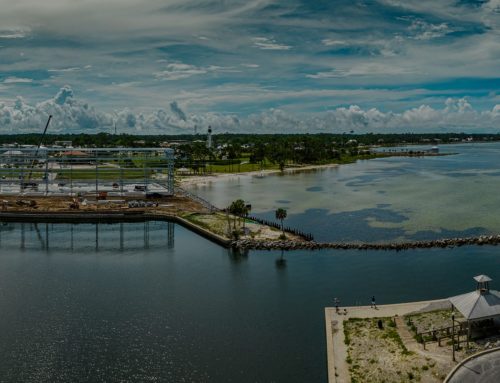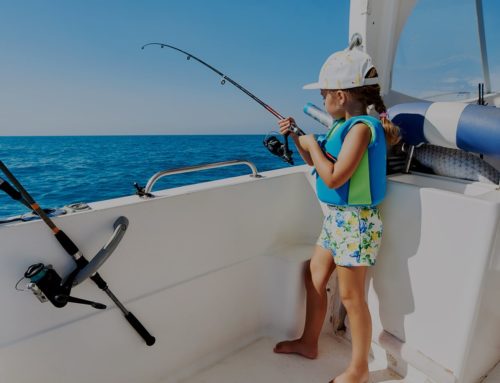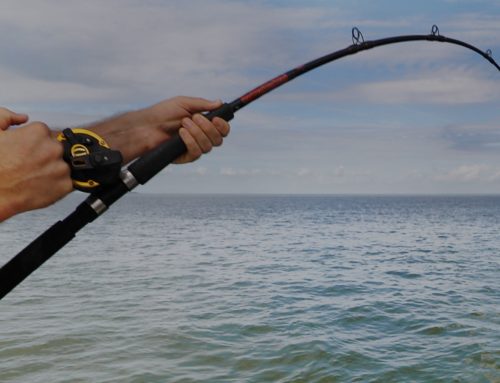The Tarpon is one of the most popular game fish in Florida. It is a marvel to behold! Although it possesses a spirited determination to break free from the end of a line, landing a tarpon is an experience you do not want to miss out on. Ready to wrangle? Read on to find out more about how you can catch your very own tarpon.
Identifying the Tarpon
Tarpons have a slender and shiny silver body, with scales that appear blue or greenish black from above. They can grow up to eight feet long and weigh between 60 to 280 pounds. Tarpons have slightly upturned faces and soft, lobed fins, and they will swim up to the water surface to gulp air. While they have been known to live in both marine and freshwater habitats, they are commonly known as one of the great saltwater game fish.
Where to Find Tarpons
Tarpons are a highly migratory fish species. They can be found throughout the Gulf of Mexico, off the coast of the western Atlantic Ocean, from Brazil to Virginia, and up till the west coast of Africa. Tarpons that spend the winter in Florida and Mexico also move along the northern Gulf of Mexico coastline and go through Mississippi waters throughout summer.
If you are looking for the perfect place to catch tarpons, look no further! Boca Grande, Florida, is the Tarpon Capital of the World. Between April and October, droves of tarpons will arrive as part of their mass migration during the breeding cycle. With deep waters, inshore estuaries, and an abundance of crabs to consume, the waters of Boca Grande is a hotbed for tarpon activity.
Is it Illegal to Catch a Tarpon?
While it is not illegal to fish for tarpon, it is illegal to pull a tarpon out of the water if it is over 40 inches. You can only pull them out of the water if you are pursuing a state or world record using a tarpon tag. Anglers are advised to keep the tarpon and its gills in the water as much as safely possible. This is because the tarpon is a catch-and-release only species in Florida. Tarpon regulations from the Florida Fish and Wildlife Conservation Commission recommends that you use proper tackle.
Once you catch a tarpon, try to revive it so it doesn’t die. You may tow a tarpon only if it is necessary to revive it. Try to go slow! This is such that the tarpon can continue receiving oxygenated water over its gills.
How to Catch a Tarpon
When preparing to catch this silver gladiator, come prepared! You need a quality rod, reel, fly lines and backing to wrangle with a thrashing tarpon. Even when you get a bite, it might not mean a sure catch. A feisty fish, the tarpon wrestles with anglers with its fantastic jumps. They have been known to shake the hook out of their mouths or break free.
Luckily for you, Flats Hound Fishing Charters will supply all the equipment and gear you need when you book a tarpon fishing trip with Captain Sullivan. From gear, navigation to having an experienced guide on board, Captain Sullivan will provide everything you need so you can focus on having a good time during your fishing excursion. Plan a tarpon fishing trip with Captain Sullivan today!





